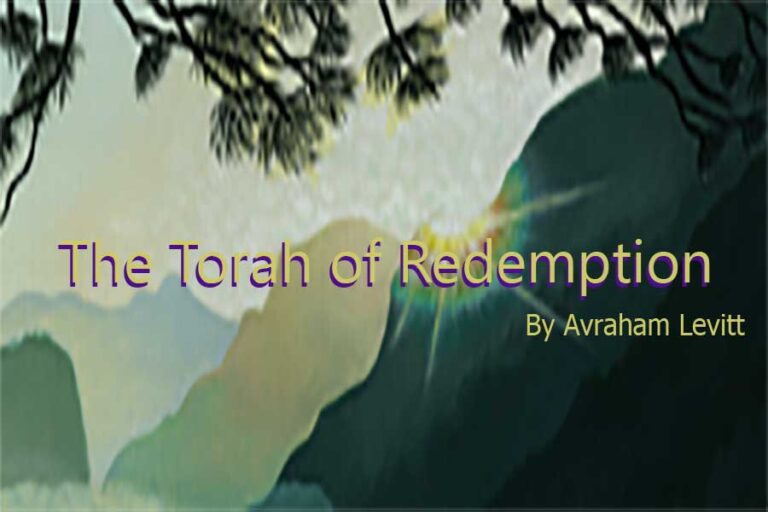Last week we explored how our actions and intentions impact our interactions with supernatural beings, either for our benefit or detriment. This week’s parsha delves into the well-known tale of an avenging angel that oscillates between being a force for and against us, eventually being persuaded by the wisdom of Moshe and Aharon to cease its destructive mission. This captivating narrative offers layers of insight, as various Midrashic sources provide diverse perspectives on the events. We will analyze it through the lens introduced last week – understanding how our choices influence our outcomes, especially when engaging with miraculous forces.
The Gemara (Shabbat 89a) recounts, and Rashi references in our parsha (Bamidbar 17:11), that Moshe learned the technique to thwart the Angel of Death using the ketoret from the Angel of Death himself. Midrash Tanchuma (Ki Tisa 20) presents a slightly different version, adding more intricacies to the narrative. According to Tanchuma, when the Israelites worshipped the Golden Calf, five avenging angels were dispatched to bring destruction upon them. Moshe managed to quell three with the merit of the Patriarchs, but the remaining two required his own spiritual prowess and prayers.
Rabbeinu Bachye suggests that one of these angels resurfaced following Korach’s rebellion, prompting Moshe to task Aharon with pacifying it. In this interpretation, a pattern emerges: Hashem creates angels designed for destruction, safeguarded by Israel’s virtues, but when corruption seeps in, Moshe intervenes to restore equilibrium using his merit and that of the forefathers. However, a subsequent rebellion triggers a resurgence of the avenging angel associated with divine judgment, leading to calamity.
Notably, when judgment ensues, the innocent often suffer alongside the guilty, as seen during the Exodus when protective rituals were necessary. Through the ketoret, Aharon intercedes between life and death, disrupting the destructive cycle.
Rav Kook, in his commentary on the Gemara (Ein Aya, Shabbat 9:106), elucidates Aharon’s ability to defy death. He posits that in an ideal world, natural forces sustain life when good prevails. The righteous, like Aharon, can nullify death’s influence through their merits, creating a protective aura. Aharon’s dedication to peace, as highlighted in Pirkei Avot, empowers him to challenge death in his vicinity, albeit insufficiently to avert the plague.
Moshe recognizes the need for the ketoret to amplify Aharon’s spiritual potency and counter the plague’s severity. By combining physical elements in a prescribed manner, the ketoret materializes spiritual equilibrium, aligning with Aharon’s essence. This alliance, commanded to Aharon and his descendants, empowers him to stand against death, preventing its spread to the living.
During the confrontation, Aharon negotiates with the Angel of Destruction, ultimately defusing the crisis with Moshe’s intervention, akin to their earlier success post-Golden Calf.


